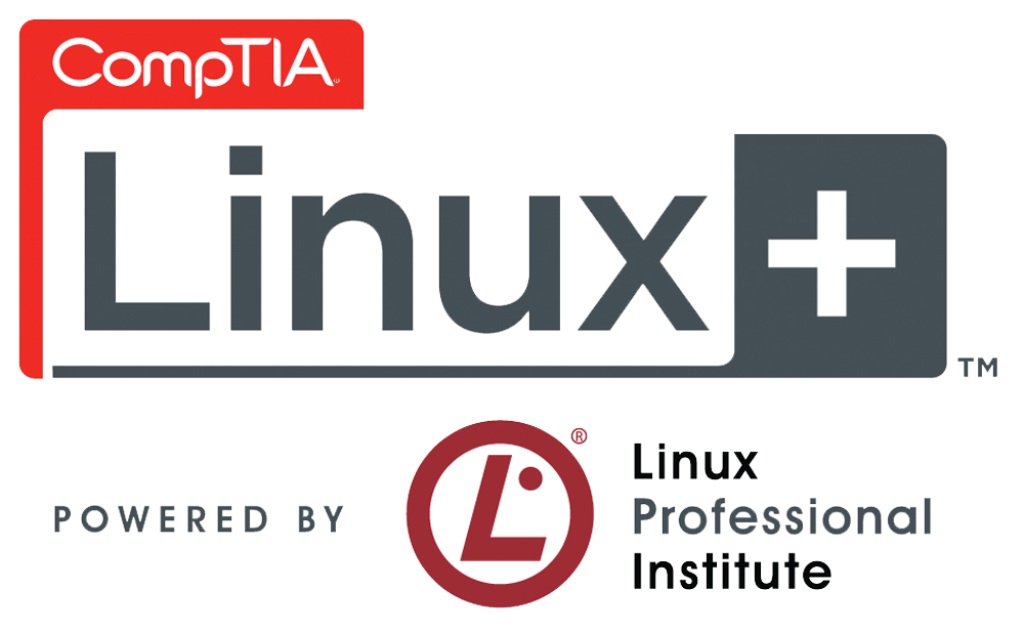






Yacine Med is a Telecom Engineer graduated from the National Institut of Telecommunications & ICT, he hold both the Master's & Engineer's Degrees in Telecommunications systems.
He started his career in the Transmission field as a Transmission engineer in one of the largest Telecom company in Algeria where he aquired a deep experience in PDH, SDH, WDM and IP fields, then he moved into the Voice World as an Operations & Maintenance engineer dealing with TDM & VoIP Core networks as well as Optical & Wireless access networks, focusing mainly on the Technical Support, Supervision and Maintenance.
On 2013 he became the Head of the O&M for the western Region networks and also the System Manager of the OSS plateforms managing UNIX & Win2k Servers as well as the IP Infrastructure Network of the OSS.
Yacine hold many IT certifications from leading vendors such as Cisco and Juniper and has provided many trainings in the Cisco Voice field.
1.0 Linux Overview
1.1 Course Overview
1.2 Linux History
1.3 Licensing Facts
1.4 Linux Architecture & Components
1.5 Linux File Types and File System
1.6 Linux Distributions
1.7 Lab Preparation
1.8 Linux Installation
2.0 Using Linux
2.1 Using the Shell
2.2 Navigating the File System (File paths and File System commands)
2.3 Viewing and Searching Files
2.4 Text Editors
2.5 Environment Variables
2.6 Script Files
2.7 Graphical Interfaces
3.0 Users and Groups
3.1 Overview
3.2 Users and Groups Management
3.3 Quota Management
3.4 User Account Security
4.0 Managing the File System
4.1 Permission and Ownership Concepts
4.2 Managing Permissions and Ownership
4.3 Managing Files
5.0 Services and Processes
5.1 Init and Runlevels
5.2 Services
5.3 Managing Processes
5.4 Scheduling Tasks
6.0 Installing Software
6.1 Software Distribution
6.2 Tarballs
6.3 Package Managers
6.4 Archive and Backup
7.0 Installing Hardware
7.1 Installation Overview
7.2 BIOS, CMOS, and Memory
7.3 System Resources
7.4 IDE, SCSI, and Floppy Devices
7.5 USB, Firewire, Parallel and Serial Devices
8.0 Managing Devices
8.1 Kernel Modules
8.2 Compiling the Kernel
8.3 XWindows
8.4 Printing
8.5 Multimedia
9.0 Disks and Volumes
9.1 Device Files
9.2 Volumes Facts & Partitioning
9.3 File Systems & Formatting
9.4 Mounting Points and mounting devices
9.5 Planning Partitions and Volumes
10.0 Boot and Shutdown
10.1 The Boot Process
10.2 Configuring GRUB
10.3 Configuring LILO
10.4 BootLoader Commands and Files
10.5 System Shutdown
11.0 Networking
11.1 Networking & TCP/IP Concepts
11.2 Networking Configuration
11.3 Configuring DNS, DHCP, PPP
11.4 Networking Services (NFS, SAMBA, APACHE, EMAIL, XINETD) and Access Control
11.5 Centralized User Management (NIS Server and NIS Client)
11.6 Network Client Applications (Remote Access, FTP and SSH)
12.0 Security
12.1 Security Guidelines
12.2 Security Tools
12.3 Configuring a Firewall with iptables
12.4 Testing Firewall Rules with nmap
12.5 Implementing Intrusion Detection
13.0 Troubleshooting
13.1 System Performance Tools
13.2 System Troubleshooting
13.3 Network Troubleshooting